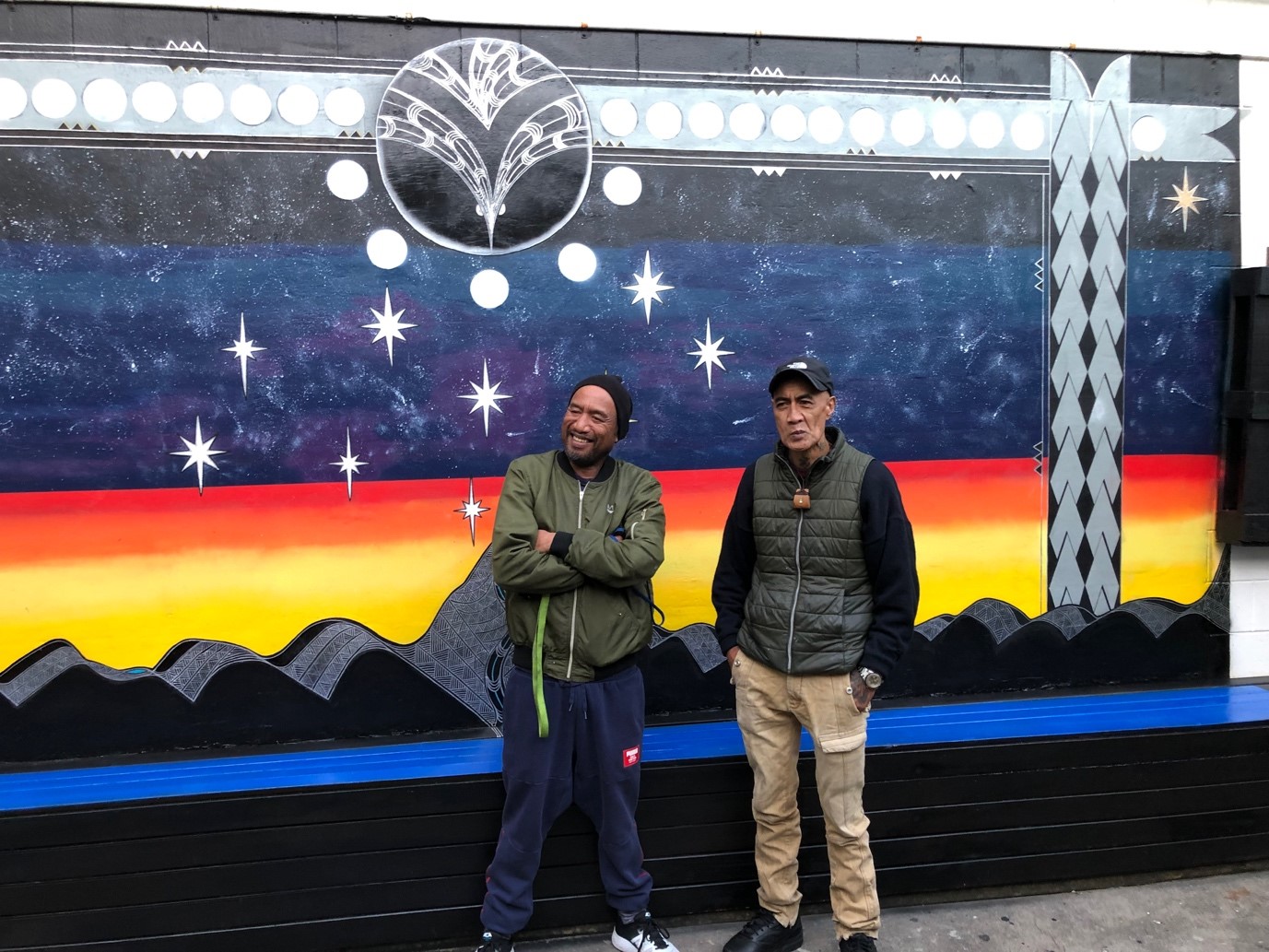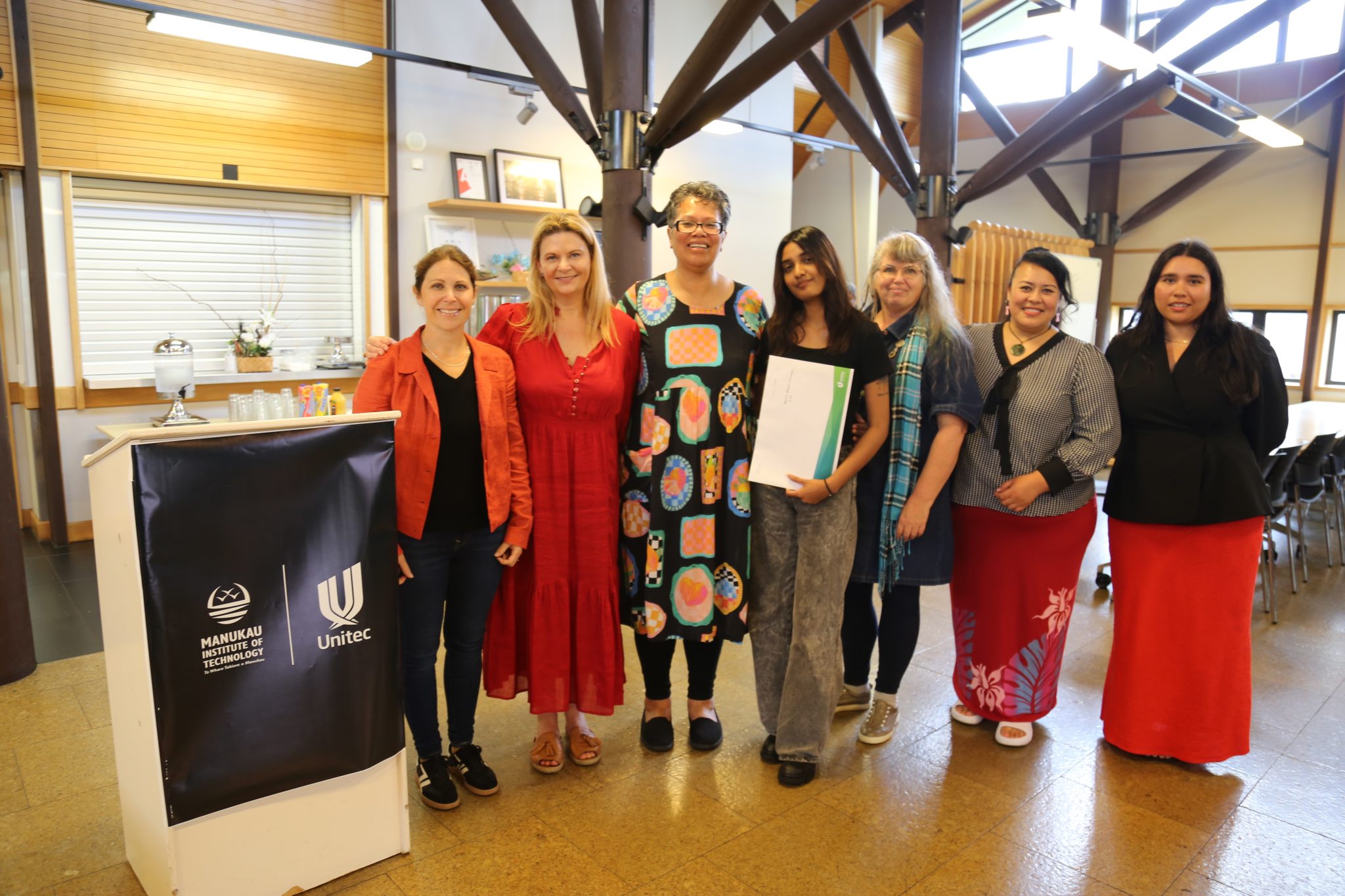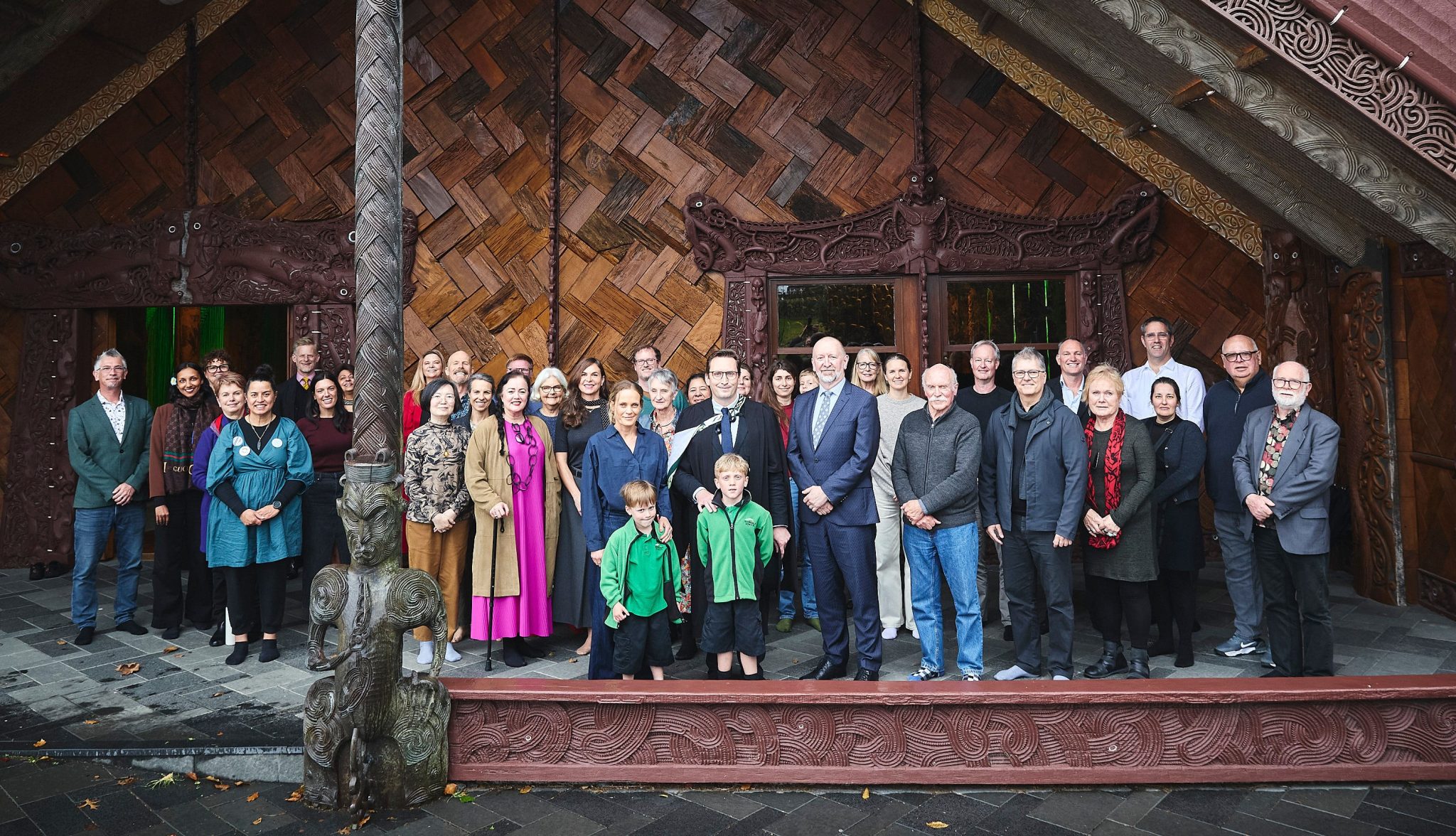Guest post by Paul Woodruffe
It is widely acknowledged that mental health and physical health are closely connected. It is also accepted that the arts can play a key role in mental health, and it is in the participation, as well as the individual creating of artworks, that the greatest value can be found. In a 2019 report on the role of the arts in health and wellbeing, published by the World Health Organization, authors Daisy Fancourt and Saoirse Finn define health as “a state of complete physical, mental and social well-being and not merely the absence of disease or infirmity, thus rooting health firmly within society and culture” (p. 13).
The Piki Toi project is a collaboration between Unitec New Zealand, Lifewise Trust and the Waitematā Local Board, and is located within central Auckland City. Its aim is to explore the role an arts practice can have in building capability, wellness and entrepreneurship, for those who have experienced homelessness or incarceration. The project has been running since 2017, and has worked with and involved many individuals, groups and organisations working within this community, such as Auckland City Mission, PARS (People At Risk Solutions), Heart of the City and the Karangahape Road Business Association.
Paul Woodruffe, Senior Lecturer in Unitec’s School of Creative Industries and principal researcher on the Piki Toi project, has just published Piki Toi the book, which is an illustrated, narrative-style publication that covers the project from 2017 to 2020. It describes the various projects undertaken and charts the progress through its successes and failures, and contains the observations of some of the key individuals involved.
The Piki Toi project, which is ongoing, uses a capability approach, defined by the Stanford Encyclopedia of Philosophy as “a theoretical framework that entails two core normative claims: first, the claim that the freedom to achieve well-being is of primary moral importance, and second, that freedom to achieve well-being is to be understood in terms of people’s capabilities, that is, their real opportunities to do and be what they have reason to value” (n.d., para. 1, https://plato.stanford.edu/entries/ capability-approach/).
The first edition of the book is a small run of 180 digital print copies, hard cover and with high production values, with an online version being planned. This approach ensured that the quality of the book reflected the time, energy and passion that the participating artists and supporters put into Piki Toi – it is designed as a taonga, to have longevity and resilience as an object. One of the key motivators of publishing the book was so it could be used as an advocacy tool for funding and support for the strategies, methodologies and approaches contained within it. It is uncommon for the kinds of stories contained within the book to be published outside academic forums, such as journals, or other small media articles. The mainstream arts press does not seem to be interested in this area, either, so the book will go some way towards highlighting the depth of talent and resilience that exists within marginalised groups in society.
One of the artists reflects on their participation in Piki Toi:
“I see Piki Toi as being a vehicle for an artist movement in the CBD, collectively using the art as a vehicle to engage with our community groups. I am involved with Piki Toi because if I can help someone else, that helps me and improves the quality of my life – it builds my wairua.”




